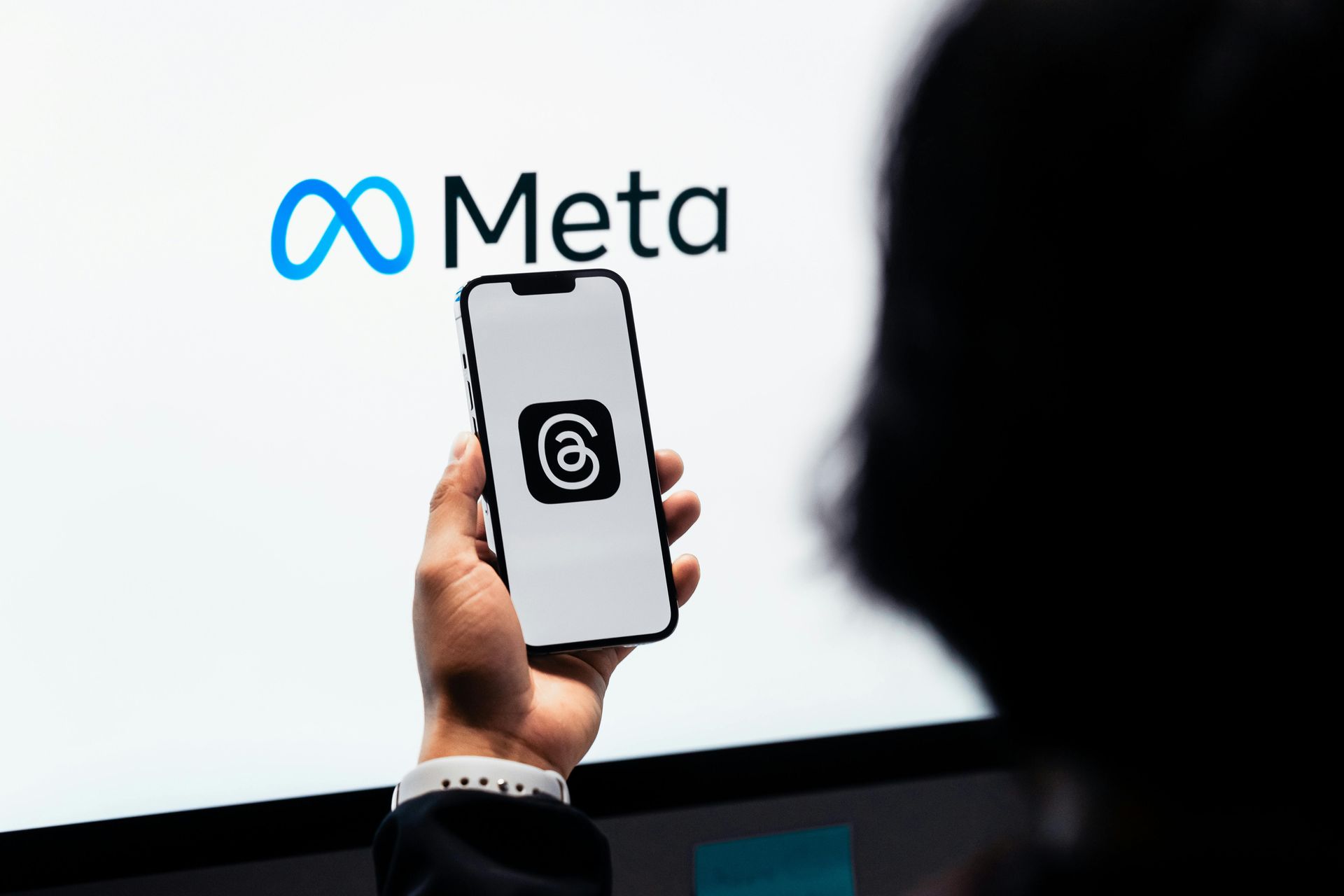Post-Privacy Era? What Google’s New Data Policies Mean for Your Ad Campaigns
The digital advertising world has officially entered a new chapter:
the post-privacy era.
With Google's latest data policy changes rolling out in 2025 — including the final phaseout of third-party cookies — marketers are facing one of the biggest shifts in online advertising history.
If you're still relying on old tactics, your campaigns are already at risk.
Here's what’s changing, what it means for you, and how to stay ahead.
Third-Party Cookies Are Gone — Now What?
After years of delays, Google has officially pulled the plug on third-party cookies in Chrome, which means
you can no longer rely on cookie-based targeting.
No more simple retargeting. No more easy behavioral tracking across the web.
Action Step:
Double down on
first-party data — meaning emails, phone numbers, customer behavior on your website and apps. Build your owned audience lists now before your competitors lock them in.
Contextual Targeting Is Back (But Smarter)
With less individual tracking, advertising is swinging back toward
contextual targeting — showing ads based on page content instead of user history.
The difference in 2025? AI now makes contextual targeting way more accurate and dynamic.
Action Step:
Invest in platforms and ad networks that offer advanced contextual capabilities. Matching the right message to the right environment is your new superpower.
Privacy Sandbox: Opportunity or Obstacle?
Google’s
Privacy Sandbox introduces APIs like FLoC (Federated Learning of Cohorts) replacements and Topics API to allow targeting without invasive tracking.
It’s a complicated system — but it gives savvy advertisers
new ways to find and engage audiences legally and ethically.
Action Step:
Work with tech partners and platforms that are deeply integrated with Google’s Privacy Sandbox. Stay educated — early adopters will have a serious advantage.
Creative Strategy Matters More Than Ever
With less personal targeting available,
your ad creative has to work harder.
It needs to appeal broadly while still feeling personal.
High-quality visuals, emotional storytelling, and brand authenticity aren’t optional anymore — they’re the difference between conversion and crickets.
Action Step:
Test more creative variations. Lean into storytelling, humor, empathy, and values to make ads resonate without hyper-specific targeting.
Transparency Builds Trust (and Clicks)
Consumers are increasingly skeptical. Brands that are transparent about how they use data and prioritize privacy will build loyalty faster than brands that hide behind confusing policies.
Action Step:
Update your privacy policy in plain English. Be upfront about what data you collect and why — and give users real options to control their experience.
Final Takeaway
The end of third-party cookies and the rise of Google’s new privacy-first ad world isn’t a death sentence — it’s a
reset.
The marketers who adapt fast, focus on first-party data, master new targeting tools, and prioritize creativity will find themselves leading the next generation of growth.
The future belongs to the brands that can build trust — not just clicks.










